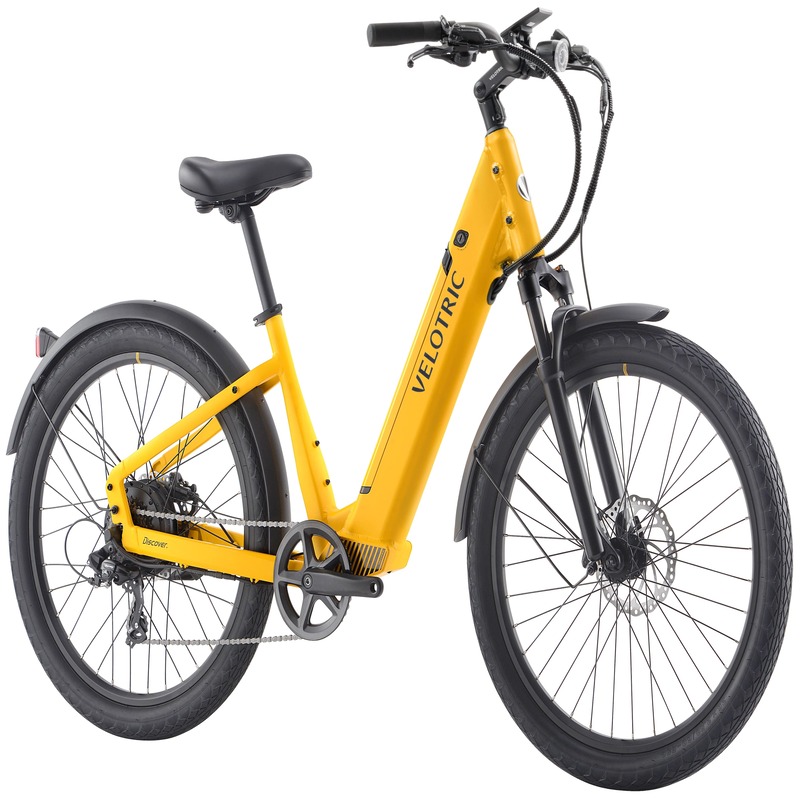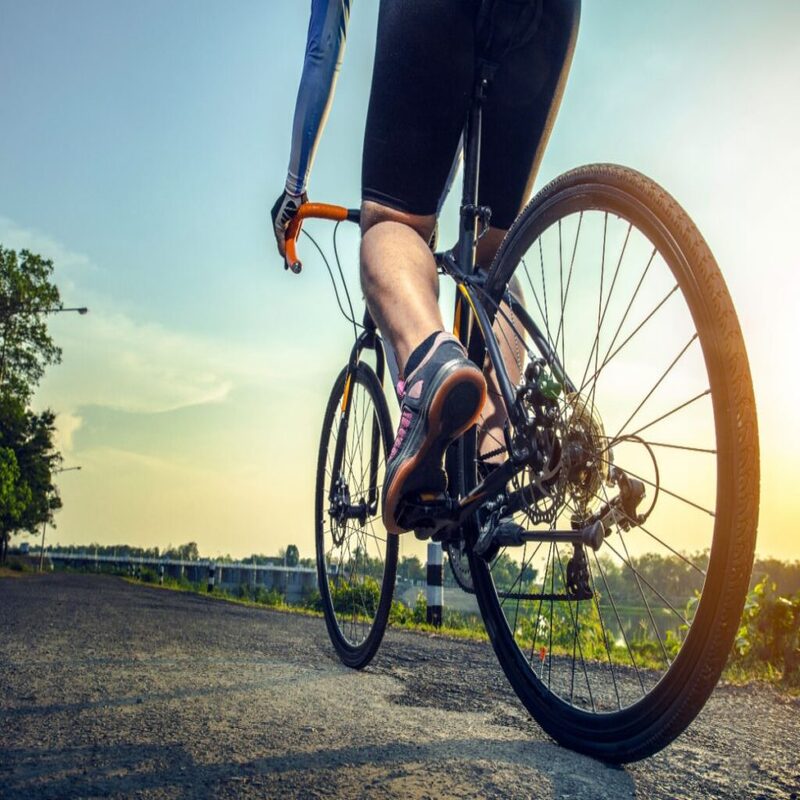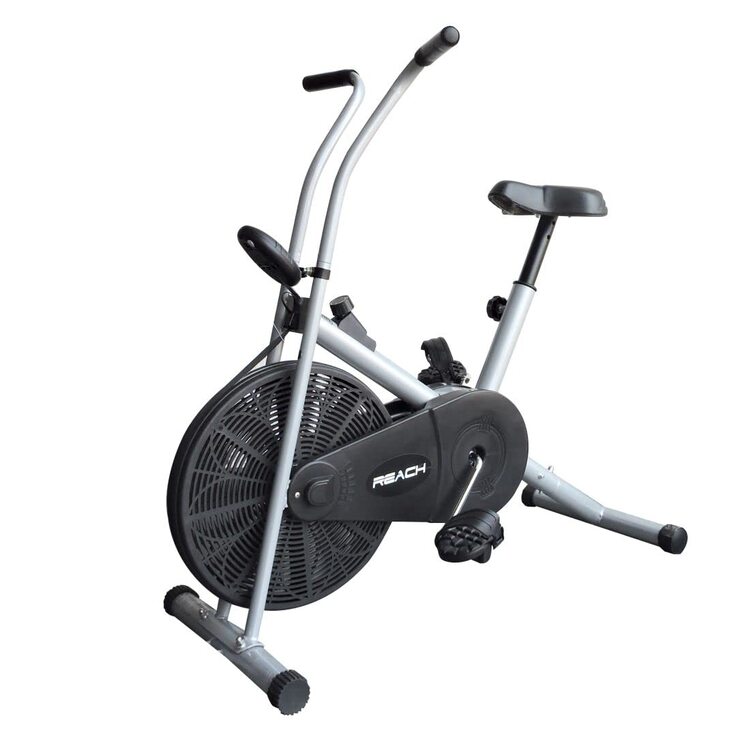Introduction to Bike Seat Replacement
Replacing your bike seat can greatly improve your riding comfort and performance. If you feel discomfort or pain during or after a ride, it might be time to consider a new saddle. A bike seat replacement is a manageable task, even for those new to bicycle maintenance. This guide will help you understand the basics of bike seat removal and installation. We will also cover how to properly position your bike seat. This ensures a better and more comfortable ride.
With the right tools and a bit of patience, you’ll have your bike fitted with a brand-new saddle in no time. Whether your old saddle has worn out or you’re upgrading to a better model, this guide will lead you through each step. Keep in mind that a correctly installed and positioned bike seat can prevent injuries and enhance your cycling experience. We’ll walk you through the necessary tools and equipment, then dive into the step-by-step process. By the end of this guide, you’ll feel confident in how to change a bike seat.
Necessary Tools and Equipment
Before starting the process of changing your bike seat, gathering the right tools and equipment is crucial. With the right items on hand, you make the job smoother and avoid any unnecessary damage to your bike. Here’s what you’ll need:
- Bike Stand: Securely hold your bike upright and stable. This isn’t absolutely necessary, but it can make the process easier.
- Allen Key Set: These hexagonal-shaped keys will be used to loosen and tighten the bolts on your saddle clamp and seat post.
- Lubricant: Helps loosen stiff or rusty bolts and eases the adjustment of seat position. A light oil or silicone spray will work well.
- Clean Rag: Used to clean off any dirt or grime from the seat post, ensuring a clean area for your new saddle.
- Measuring Tape: For precision when positioning your seat to the ideal height, tilt, and setback.
When you’ve assembled all your equipment, you’re ready to start removing your old bike seat. By following these steps and using the recommended tools, how to change a bike seat becomes an easier and more efficient task.

Step-by-Step Guide to Removing Your Old Bike Seat
When it’s time to swap out your old saddle for a new one, the process is straightforward but requires attention to avoid damaging your bike. These steps will guide you on how to change your bike seat effectively and safely. Here’s a quick breakdown of the steps to remove your existing bike seat:
- Position Your Bike: Secure your bike in a stand if available. If not, lay it gently on the side with the chain facing up.
- Locate the Bolts: Find the bolt(s) connecting the saddle to the seat post. An Allen key will be your primary tool here.
- Loosen the Bolts: Use the Allen key to turn the bolts counterclockwise. Apply lubricant if the bolts are stiff.
- Remove the Saddle: Once the bolts are loose, lift the top clamp, rotate it, and gently lift the saddle off the seat post.
Remember to keep your Allen key and lubricant handy during this process, as they are crucial in loosening tight or rusty bolts. Take care not to completely remove the bolts unless necessary, as this can save time when installing your new seat.
Next, you’ll follow the instructions for installing your new bike seat, which involve cleaning the seat post clamp, applying lubricant, and carefully positioning the new saddle before securing it in place. Stay tuned for the detailed steps in the next section of our guide.
Instructions for Installing Your New Bike Seat
After removing your old bike seat, it’s time to install the new one. Here’s how to do it step by step:
- Clean the Seat Post Clamp: Use your clean rag to remove any dirt from the clamp area. This helps the new saddle fit securely.
- Apply Lubricant: A thin layer of lubricant on the clamp and bolt eases the installation. Just a dab will do.
- Place the New Saddle: Align your new saddle with the bottom clamp of the seat post. Keep the top clamp open for now.
- Adjust the Top Clamp: Rotate the top clamp back into its original position over the new saddle.
- Hand-tighten the Bolt: Secure the saddle lightly with the bolt. Don’t fully tighten it yet; positioning comes first.
Remember, do not rush this process. Take your time to ensure everything aligns correctly and that your new bike seat is set for both safety and comfort. In the next section, we’ll cover how to find the right saddle tilt, adjust the saddle height for optimal comfort, and set the correct saddle setback.
How to Properly Position Your Bike Seat
Proper positioning of your bike seat is key to a comfortable and efficient ride. The right saddle tilt, saddle height, and saddle setback can prevent injuries and improve your cycling experience. Let’s go through each aspect to ensure your new bike seat is positioned perfectly.
Finding the Right Saddle Tilt
Saddle tilt is crucial for your comfort and pedaling efficiency. Start with the saddle rails horizontal. For competitive cycling, keep the tilt within 10 degrees. Adjust the tilt based on your riding style. Slight forward tilt may help on uphill rides.
Adjusting Saddle Height for Optimal Comfort
Getting the saddle height right is crucial for knee health and pedaling power. Loosen the bolt on the seat tube to adjust height. Raise the saddle until your leg is nearly straight at the pedal’s lowest point. Ensure there’s a slight bend in your knee. Align the saddle nose with the handlebar stem. Tighten the bolt firmly once height is set.
Setting the Correct Saddle Setback
Saddle setback affects your overall positioning on the bike. It should allow balanced use of quadriceps and hamstrings. Slide the saddle on the clamp to find the right setback. Ensure your torso forms a 90-degree angle with your thighs when leaning on the handlebars. Tighten the bolt securely once you find the ideal setback.
Positioning your bike seat properly will enhance your riding experience. Use these guidelines when how to change a bike seat at home. Fine-tune adjustments and test them with a short ride. With your seat set just right, you’re ready to enjoy many comfortable rides.

Tips for Testing and Adjusting Saddle Position
After installing your new bike seat, it’s crucial to test its position. Simple adjustments can make big differences in comfort and efficiency. Follow these tips to ensure that your saddle position is just right.
A Short Test Ride
Begin with a short ride to test the saddle’s initial setup. Notice any discomfort or the need to shift your position frequently. If you experience any issues, it’s a sign that further adjustments are needed.
Fine-Tuning Saddle Tilt
If you feel pressure towards the front or back, adjust the saddle tilt. A level saddle is the start point, but slight adjustments can be made for personal comfort. Ensure your riding posture doesn’t cause strain.
Checking Saddle Height Again
After your initial ride, reassess the saddle height. Your legs should not fully extend, and knees should bend slightly at the pedals’ lowest point. Adjust if you find your hips rocking while pedaling.
Re-evaluating Saddle Setback
Your reach to the handlebars affects your control and comfort. If you’re stretching too far or too little, adjust the saddle setback. A proper setup means less strain on your arms and back.
Tightening Everything Up
Once you’re satisfied with the adjustments, ensure all clamps and bolts are tight. This prevents the saddle from shifting during your rides, providing a consistently comfortable experience.
By testing and adjusting your saddle position with care, your cycling experience will improve. A comfortable saddle position helps prevent injuries and fatigue, making your rides more enjoyable. Keep in mind the importance of these steps in learning how to change a bike seat correctly.

Maintaining Your Bike Seat for Longevity
Once you’ve mastered how to change a bike seat and have your saddle perfectly adjusted, it’s important to consider maintenance to extend its lifespan. Regular maintenance not only keeps your seat comfortable but also ensures safe rides. Here are simple tips to keep your bike seat in top condition:
- Clean Regularly: Dirt and grime can wear down your saddle material. Wipe down your seat after each ride, using a damp cloth.
- Inspect for Damage: Before and after rides, check your saddle for signs of wear or damage. Look for tears, excessive wear, and loose parts.
- Tighten Bolts: Movement can cause bolts to loosen over time. Regularly check and tighten bolts with an Allen key to keep your saddle secure.
- Store Properly: When not in use, store your bike in a dry, cool place. Avoid exposing your saddle to extreme temperatures or direct sunlight.
- Use a Saddle Cover: Protect your seat from rain and sun damage when parked outdoors by using a waterproof saddle cover.
- Apply Conditioner: For leather saddles, use a leather conditioner occasionally to prevent cracking and drying.
By following these maintenance tips, you help ensure your bike seat remains comfortable and functional for future rides. Remember, taking care of your saddle is just as important as knowing how to change a bike seat correctly.



